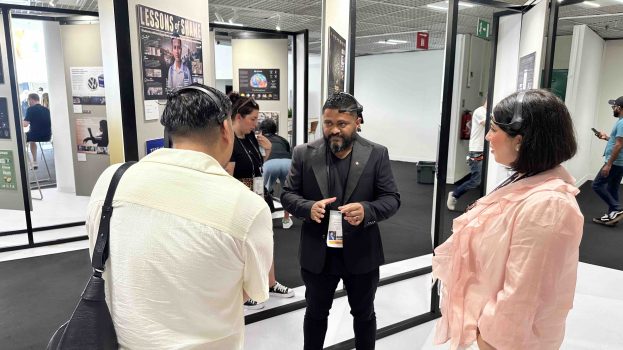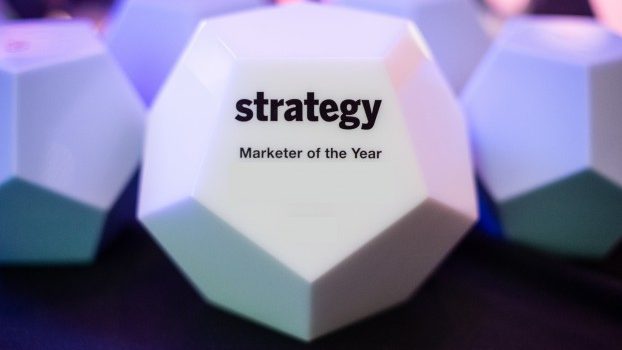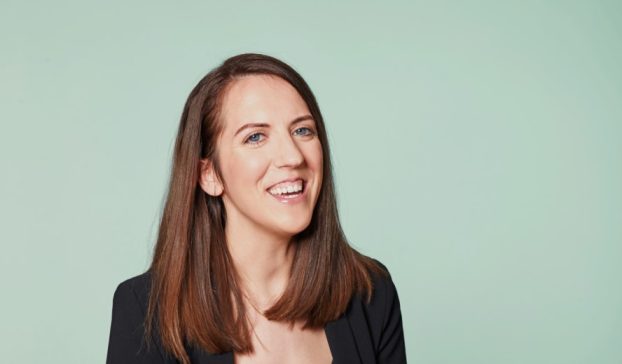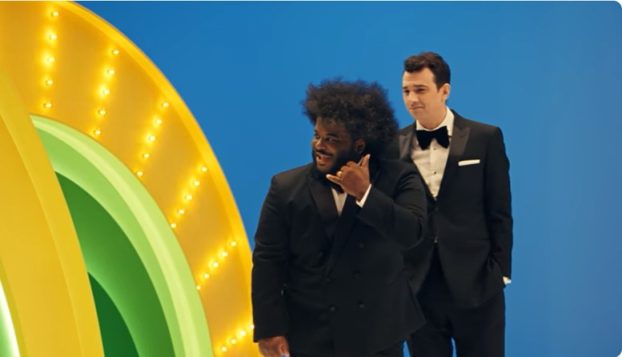
With every year that passes, it feels like it’s getting a little noisier. The dial gets turned up: sometimes a little, sometimes a lot. There’s more media, more platforms, more news, more drama, more… well, everything. Yet, somehow, there are still brands and messages that break through, that stand out from the madding crowd despite the growing chatter.
So, every year strategy sets aside space to recognize those brands that have found new and innovative ways to connect – our Brands of the Year. The five companies that topped the list this year didn’t react – they led. Even in the face of social and economic uncertainty, they took hold of the narrative and spoke deeper truths.
The winners can be seen below, along with a few of the accomplishments that made them BOY-worthy. The full profiles will be in the Fall 2022 issue of strategy, which will be on newsstands Nov. 2.
The issue will also be given out the day prior at Agency of the Year, where each of this year’s BOYs will also be recognized on-stage during the ceremony. More info on the gala, taking place in Toronto at Koerner Hall, can be found here.
Heinz Ketchup

Heinz Ketchup is already an icon, but its marketing in recent years has not rested on clout. Sure, it has tapped into that clout – “Draw Ketchup,” of course, relied on how recognizable the brand is – but it has also done everything to self-deprecate how slow-pouring it is to use its status to advocate another brand to change the way it packages its products. Plus, it has used some of its most recognizable elements to lend some brand equity to innovations within Kraft Heinz’s family of condiments.
Mastermind Toys

With big box retailers and other toy stores stocking their aisles full of plastic and IP-based toys, Mastermind Toys feels like a bit of a throw back, with selections of toys curated by its in-house team of experts who have a track record of pin-pointing the next big trends (it nailed fidget spinners, and predicted Rubik’s Cubes having renewed cultural relevance). But the retailer is far from old school: a full digital transformation that was forced upon it by the pandemic has now become the centrepiece of its omnichannel strategy. And its evolution continued this year, with the launch of its first private label products, an expansion of its baby selection and its first major brand campaign.
Canadian Down Syndrome Society

CDSS has been on a multi-year journey to break down misconceptions of people with Down syndrome, taking them on one by one since 2016. The data-based education campaigns have tackled things including relationships, funding for support systems and inclusive technology. They’ve also launched research projects around how physical activity can benefit people with Down syndrome – one key area where data was lacking.
Zabiha Halal

Maple Lodge has a market share in halal that would make any CPG company salivate: 70%, putting it far ahead of any competition. How does that happen? For one, Zabiha Halal has been a tireless advocate for the community it serves, with marketing that lets them know they are welcomed in Canada and reflects back some of the values it holds most dear. And it also listens to that community, with product innovation that serves the needs of consumer groups that is both growing and changing.
BRP

When you own Ski-Doo, Sea-Doo and Can-Am, it might be tempting to rest on being the biggest game in town for outdoor motorsports. But BRP has continued to grow revenue and fend off challenges from foreign-owned rivals, thanks to a marketing approach that has focused on storytelling, community and connecting its vehicles to the broader “experience economy” its riders are interested in.























